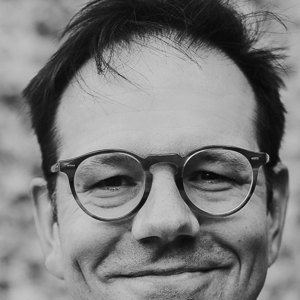The aim of historical writing is to convey complexity with clarity, isn’t it? We know that the world is an infinitely varied and confusing place. Yet we also know that without trying to impose some kind of schema, all we’re left with is anecdote. It can be hard enough, sometimes, to uncover the dots, but historians then need to join them up—even while knowing that this will necessitate some flattening out of the idiosyncrasies and particularities of lived experience. Finding the right balance between acknowledging complexity while also writing with enough clarity to be comprehensible can be especially challenging when it comes to politics.
In part that’s because we know from our own lives that political labels—conservative, liberal, or progressive, for example—are rarely adequate to the reality of real people’s political understanding. As anyone who has campaigned in an election knows, most people have views that are inconsistent. Sometimes that’s because most people think only in a shallow or reflexive way about policy questions: all political professionals are attuned to ways of trying to mobilize the people they euphemistically call “low-information voters.” But it’s also because people—all of us, I suspect—want to preserve some things and change others, and we all constantly make multiple trade-offs between different objectives. We may hold to a consistent partisan affiliation (though many of us don’t), but that’s at best a proxy for our political values, not a true representation of them.
And of course political categories are historically contingent. To generalise (in the interests of clarity of course), “liberals” in the United States over the last eighty years have been those who are more likely to want to preserve and defend things (welfare, public education, or abortion rights, for example), while self-defined “conservatives”, confusingly, have often been the radicals – some have even merrily embraced the Leninist doctrine of “creative destruction.” (The US anti-tax advocate Grover Norquist, for example, apparently even has a portrait of Lenin on his office wall.)
Back in the nineteenth century, conservatism in the United States was entirely compatible with liberalism. In a post-revolutionary society, conservatism, after all, often meant preserving and defending a social and political order that everywhere else in the world represented a radical ideal.
We can’t even take refuge in the old stand-by generalisations of “left” and “right” anymore. It has become modish to declare that those old labels, with their origins in seating positions of parties in the French Revolutionary assembly, have given way to a new divide between “open” and “closed”. Tony Blair, predictably enough, is often quoted in support of this analysis. Left and right, Blair claimed in 2007, was the “traditional” way of thinking, whereas “open versus closed” is “what I would call the modern choice.” In a world in which protectionism, nationalism and wall-building has proven a winning election formula for Populists who eschew the labels left or right, there seems to be some truth to this analysis. Although of course no one — not even Donald Trump so far as I know – is likely to accept the label “closed’. If there is ever to be a self-proclaimed “closed” party it will be an example of a term of abuse transformed into a badge of pride. But that’s often happened before: “Tory” was originally a term of abuse (and often still is, though if the target don’t accept it that way, is it any good as a term of abuse?)
The way through this, perhaps, is to always remember that political labels are not immutable: they are just another form of generalization, and at best they work only in a specific context. They should really always include “scare quotes.”
There’s an old witticism to the effect that there are two kinds of people in the world: those who divide the world into two kinds of people, and those who don’t. Temperamentally, historians are in the second camp even if to be understood they sometimes have to borrow from the fist. Though, of course, that’s a generalization I’ve just made there.
